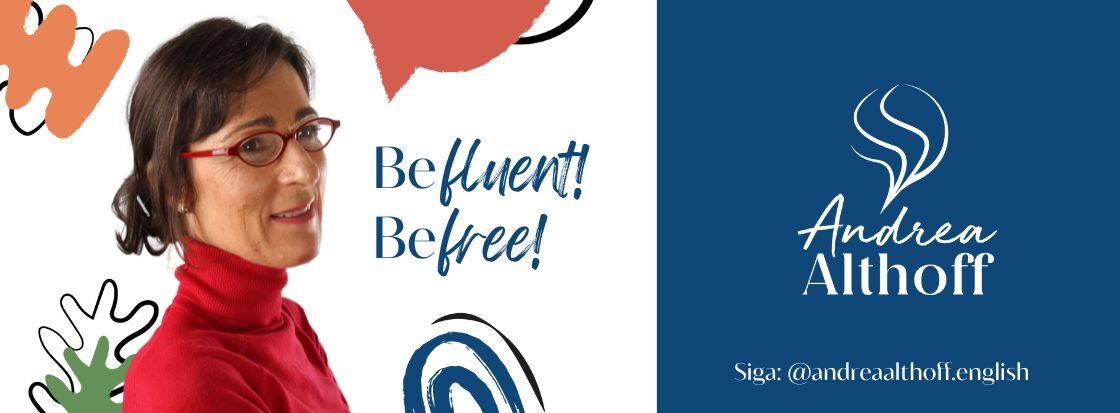
To talk about types of material or to say what something consists of, we often use is made, which is the passive form of make.
There are a few different prepositions commonly used after is made, each expressing something slightly different.
First, let’s look at the difference between of and from, i.e. is made of versus is made from.
Made of
We use made of when we talk about the basic material or qualities of something. It has a meaning similar to ‘composed of’:
- Lego is made of plastic.
- All of their furniture is made of oak.
Made from
We usually use made from when we talk about how something is manufactured:
- Glass is made from sand.
Glass is made of sand. - Paper is made from wood.
Paper is made of wood.
- Glass is made from sand.
Other prepositions after is made
You may have heard someone say that something is made out of something. We usually use made out of when we talk about something that has been changed or transformed from one thing into another:
- The exhibition had miniature cars and buses made entirely out of chocolate.
- All the exhibits were made out of ice.
Made of is also possible in the two examples above.
Here are some hands made out of paper – making planes out of paper.

We use made with most often to talk about the ingredients of food and drink:
- She always makes her soups with lots of pepper and spices.
- It’s best to make drinking chocolate with full-fat milk.
Finally, there is made up of, which means consist of:
- Phrasal verbs are made up of verbs and adverbs.
- Our presentation today is made up of three sections: ‘Company History’, ‘Today’, and ‘Our Future’.
What if I use the wrong preposition?
As you can see, the differences are sometimes very subtle. The good news is that if you use the wrong preposition after is made, people will still usually understand you. And as I mentioned above, in some cases the prepositions are interchangeable.
Feel free to leave a comment by clicking on the bubble above. Thanks!

